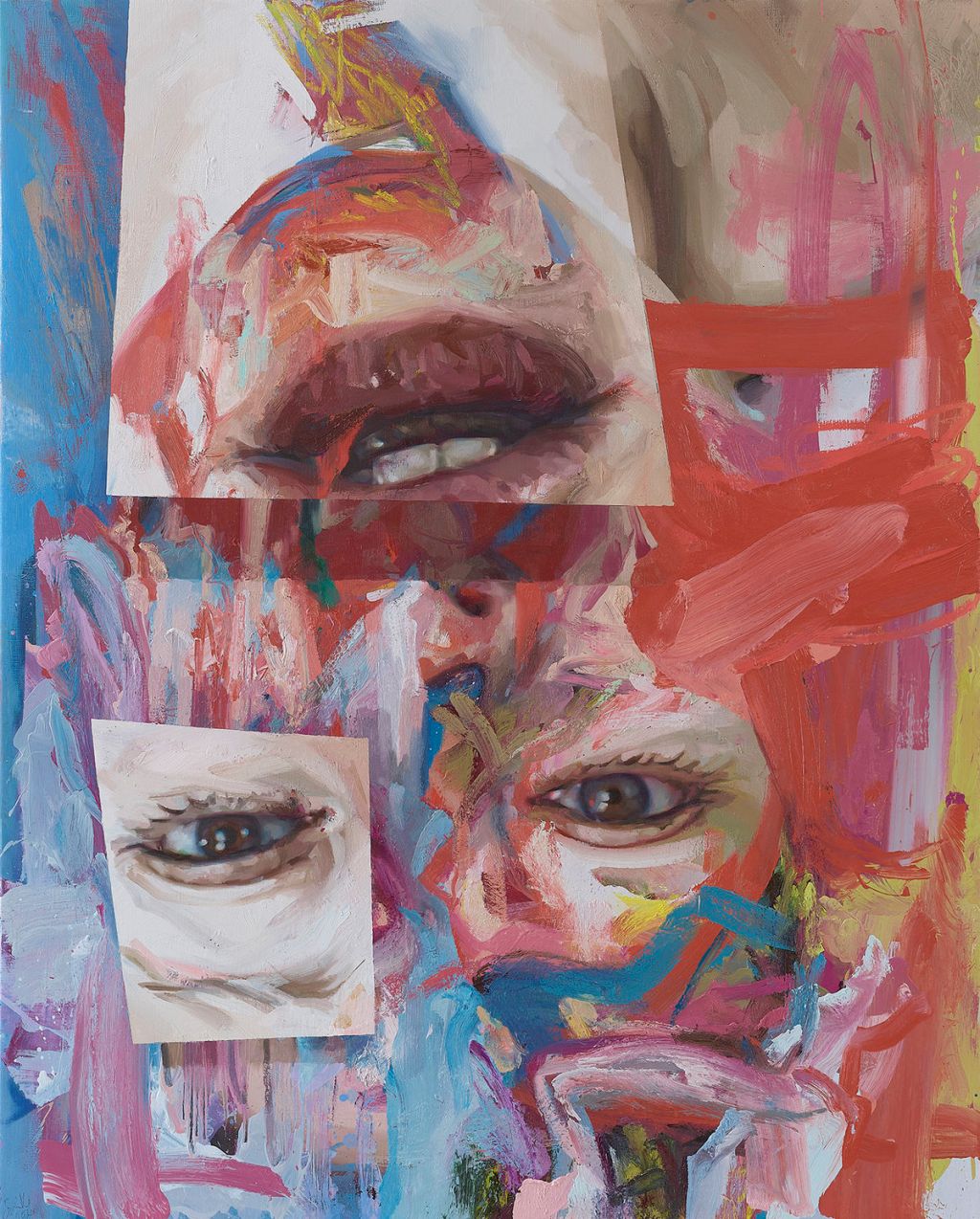[ad_1]
Gagosian has wrapped the inaugural season of its online “Artist Spotlight” series, a weekly showcase of artists from the gallery’s stable with works priced as high as $5 million. That the gallery has seen success on the platform, which features editorial commentary alongside its artworks for sale, is yet another sign that business is booming in the virtual realm. The series ended with the sale of Jenny Saville’s aptly titled new self-portrait Virtual (2020). Gagosian has said the Saville is the most expensive work to sell through the platform, but has declined to state a price for it.
The initiative, according to Sam Orlofsky, a director at Gagosian, was developed as a direct response to the pandemic crisis that left a host of the dealer’s artists without exhibitions or an obvious source of income for the foreseeable future. “We immediately started to brainstorm ways we could bridge the gap until the shows could reopen,” Orlofsky said. “Some artists work three years for a major New York exhibition and their budget accounts for that exhibition being able to generate income.”
Comparing artists’ studios to small enterprises, Orlofsky added, “It was a moment where we were all very conscious of the impact on small businesses.”
In the three months since the series was launched, Gagosian held spotlights for 14 artists, including Damien Hirst, Jenny Saville, Stanley Whitney, Jennifer Guidi, Theaster Gates, Dan Colen, Urs Fischer, Mark Grotjahn, and Mary Weatherford. So far, there have been various high-level private deals. An untitled painting by Grotjahn from his “Capri” series was sold privately for $5 million (the most expensive work sold during the artist’s spotlight period), and two works by Hirst—one piece went for $2.2 million; the other, a 2017–18 oil painting called Veil of Hidden Meaning, went for $1.5 million—were placed with collectors. There have been major public sales, too, and they include a $775,000 Urs Fischer, a $250,000 Jennifer Guidi, a $400,000 Mary Weatherford, and a $300,000 Titus Kaphar. Altogether, the announced works total $10 million with the gallery hinting much more that has not be publicly revealed.
Each artist given a 48-hour spotlight allowed the gallery to follow up inquiries for sales for some time beyond. After Grotjahn’s showcase, for example, seven more of his works were sold. According to Orlofsky, that indicates that in the future the “Artist Spotlight” may expand to accommodate demand and include more than one piece at a time. “We’re hoping to run that experiment,” Orlofsky said.
The pandemic has forced the art market to move online—an area that prognosticators have long said had potential for dealers and auction houses. Total online sales reached an estimated $4.82 billion in the first half of 2020, up 4 percent from the same period last year, according to a Hiscox Online Art Trade Report released in July.
Orlofsky said that the “Artist Spotlight” series partly grew out of a need to continue hosting gallery programming throughout the summer. The idea became to sell primary-market work that would typically have a long waiting list for collectors—”something that even our best clients have to engage in a pretty thorough conversation in order to get access to the work.”
The spotlight series has developed from the initial online viewing room model, which has served as way to subvert the typical art-world calendar. “The thesis was that there were these 5–10 major moments on the calendar every year where everybody was focused on commercial activity,” Orlofsky said. “Yet people were starting to become fatigued with the physical experience of having to travel to those events.” Now, online fatigue is a challenge facing the art marketplace.
According to Orlofsky, the series allows “for as much attention and as little supply as possible,” with price availability being among the most important factors in the equation. “’Spotlight’ has taught us that you want to stand alone, you want to control the moment,” he said. Combining elements from the first-come-first-serve approach of art fairs and auction houses vanity catalogues used to promote single high-caliber consignments, Gagosian has capitalized on a new hybrid format. Orlofsky’s team is also taking cues from auctions. “The urgency is there, the competitiveness is there, and the material has the academic and promotional treatment required to get people excited and interested,” he said of the most recent evening sales at Christie’s and Sotheby’s.
Following the last economic crisis of 2008, Gagosian’s overall strategy had been to expand its global brick-and-mortar presence, opening galleries in cities such as London, Paris, Rome, Geneva, Athens, and Hong Kong. Now, however, the gallery is putting its weight behind digital. Gagosian has been experimenting online since 2018, when it first had a virtual booth at Art Basel where it sold five pieces for a total of $2 million—including an Albert Oehlen painting for $1.1 million, and its “Artist Spotlight” series is only a continuation of this.
[ad_2]
Source link


